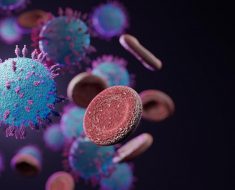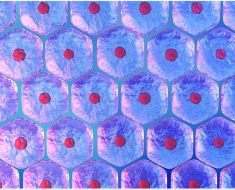
For patients with giant cell arteritis (GCA), a higher total vascular score (TVS) based on 18F-fluorodeoxyglucose (FDG) positron emission tomography (PET) imaging at diagnosis is associated with a greater increase in thoracic aortic dimensions, according to a study published online Oct. 3 in the Annals of Internal Medicine.
Lien Moreel, M.D., from the University Hospitals Leuven in Belgium, and colleagues conducted a prospective cohort study involving 106 patients with GCA and FDG PET three days or less after glucocorticoid initiation. Participants underwent PET and computed tomography (CT) imaging at diagnosis and CT imaging annually for up to 10 years. The PET scans were scored in seven vascular areas and summed for a TVS. When FDG uptake was grade 2 or greater in any large vessel, PET scan results were positive.
The researchers found that patients with a positive versus a negative PET scan result had a greater increase in the diameter of the ascending aorta, the diameter of the descending aorta, and the volume of the thoracic aorta (difference in five-year progression, 1.58 mm, 1.32 mm, and 20.5 cm3, respectively). There was a positive association seen for these thoracic aortic dimensions with TVS. The risk for thoracic aortic aneurysms was higher for patients with a positive PET scan result (adjusted hazard ratio, 10.21).
“In addition to diagnostic information, performing PET imaging at diagnosis in patients with GCA may help estimate the future risk for aortic aneurysm formation,” the authors write.
More information:
Lien Moreel et al, Association Between Vascular 18F-Fluorodeoxyglucose Uptake at Diagnosis and Change in Aortic Dimensions in Giant Cell Arteritis, Annals of Internal Medicine (2023). DOI: 10.7326/M23-0679
Journal information:
Annals of Internal Medicine
Source: Read Full Article





